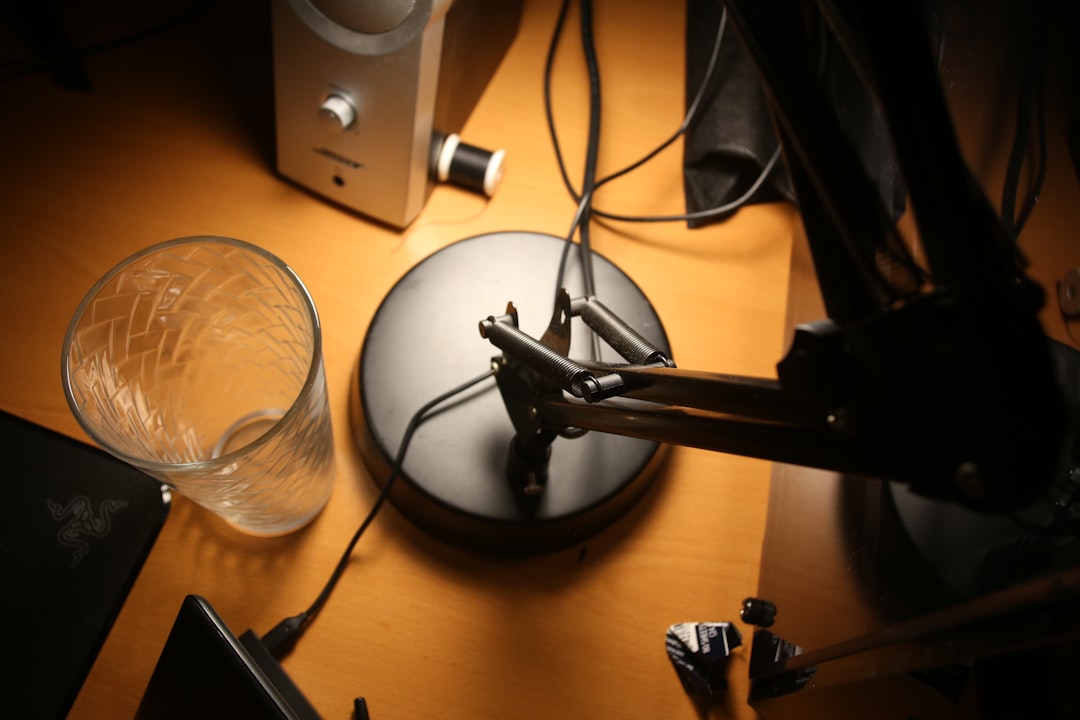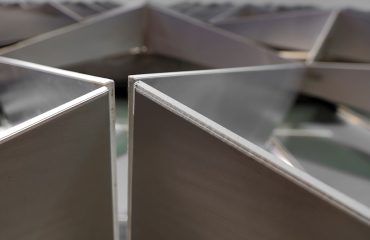body {
font-family: sans-serif;
line-height: 1.6;
}
h1, h2, h3 {
color: #333;
}
Understanding the mechanical properties of materials is crucial in various engineering disciplines. This requires the use of specialized mechanical test devices, which provide accurate and reliable data for design, manufacturing, and quality control. This comprehensive guide will walk you through the essential aspects of using these devices, from selecting the right equipment to analyzing the results.
1. Types of Mechanical Test Devices and Their Applications
Mechanical test devices are categorized based on the type of mechanical stress they apply to a material. Some common types include:
- Tensile Testing Machines: These machines measure a material’s tensile strength, yield strength, elongation, and modulus of elasticity by applying a uniaxial tensile load. They are widely used for testing metals, plastics, composites, and textiles.
- Compression Testing Machines: These machines measure a material’s compressive strength, stiffness, and deformation under compressive loads. They are used for testing concrete, ceramics, polymers, and other materials that exhibit brittle behavior under tension.
- Flexural Testing Machines: These machines determine the flexural strength and modulus of elasticity of materials by applying a bending load. They are commonly used for testing beams, plastics, and composites.
- Hardness Testers: These devices measure the resistance of a material to indentation. Common types include Brinell, Rockwell, and Vickers hardness testers, each using a different indenter and load.
- Fatigue Testing Machines: These machines subject materials to cyclic loading to determine their fatigue life and endurance limit. They are critical in assessing the durability of components under repeated stress.
- Impact Testing Machines: These machines measure the material’s ability to absorb impact energy. The Charpy and Izod impact tests are commonly used to assess the toughness and brittleness of materials.
The choice of testing device depends on the specific material properties being investigated and the application requirements.
2. Essential Safety Procedures When Operating Mechanical Test Devices
Safety is paramount when operating mechanical test devices. These devices often involve high forces and potential hazards. Essential safety procedures include:
- Proper Training: Operators must receive thorough training on the specific device’s operation, safety features, and emergency procedures.
- Personal Protective Equipment (PPE): Always wear appropriate PPE, including safety glasses, gloves, and hearing protection.
- Machine Inspection: Before each use, inspect the machine for any damage or malfunction. Ensure all guards and safety interlocks are in place and functioning correctly.
- Specimen Preparation: Properly prepare the test specimen according to the relevant standards. Ensure the specimen is free from defects that could affect the test results.
- Emergency Shutdown Procedures: Familiarize yourself with the emergency stop buttons and procedures in case of an unexpected event.
- Regular Maintenance: Regular maintenance is crucial to ensure the accuracy and safety of the equipment. Follow the manufacturer’s recommendations for maintenance schedules.
Neglecting safety procedures can lead to serious injury or equipment damage.
3. Data Acquisition and Analysis Techniques
Mechanical test devices typically incorporate data acquisition systems to record the applied load, displacement, and other relevant parameters during the test. This data is then used to determine the material’s mechanical properties. Common data analysis techniques include:
- Stress-Strain Curves: These curves graphically represent the relationship between stress and strain during tensile or compression testing. They provide valuable information about the material’s yield strength, ultimate tensile strength, and modulus of elasticity.
- Statistical Analysis: Statistical methods are used to analyze the variability in the test results and ensure the reliability of the data. This often involves calculating mean values, standard deviations, and confidence intervals.
- Software Applications: Specialized software packages are often used to acquire, analyze, and report the test data. These packages can automate data analysis and generate comprehensive reports.
- Data Interpretation: Correct interpretation of the test data is crucial for drawing meaningful conclusions about the material’s properties and behavior. Understanding the limitations of the test methods is also essential.
Accurate data acquisition and analysis are essential for obtaining reliable and meaningful results.
4. Calibration and Maintenance of Mechanical Test Devices
Regular calibration and maintenance are crucial for ensuring the accuracy and reliability of mechanical test devices. Calibration involves verifying the accuracy of the load cells, displacement transducers, and other measuring instruments against traceable standards. This ensures that the test results are accurate and reliable. Maintenance includes:
- Regular Cleaning: Keep the device clean and free from debris to prevent malfunction.
- Lubrication: Lubricate moving parts as recommended by the manufacturer.
- Component Inspection: Regularly inspect components for wear and tear and replace them as needed.
- Calibration Checks: Follow the manufacturer’s recommendations for calibration frequency. Calibration should be performed by qualified personnel using traceable standards.
Neglecting calibration and maintenance can lead to inaccurate test results and potential safety hazards.
5. Selecting the Appropriate Mechanical Test Device for Specific Applications
Choosing the right mechanical test device is crucial for obtaining accurate and relevant results. Factors to consider include:
- Material Type: The type of material being tested (e.g., metal, plastic, composite) will dictate the appropriate test method and device.
- Test Requirements: The specific mechanical properties being investigated (e.g., tensile strength, hardness, fatigue life) will determine the necessary device capabilities.
- Specimen Size and Shape: The size and shape of the test specimen will influence the choice of grips and fixtures.
- Load Capacity: The device must have sufficient load capacity to handle the expected forces during the test.
- Accuracy and Precision: The device’s accuracy and precision should meet the required tolerances for the application.
- Budget and Availability: The cost of the equipment and its availability should also be considered.
Careful consideration of these factors will ensure that the selected device is appropriate for the specific application.
By understanding and following these guidelines, engineers can effectively utilize mechanical test devices to obtain accurate and reliable data, leading to improved design, manufacturing, and quality control processes.
Tags:
mechanical testing, material testing, tensile testing, compression testing, material properties




